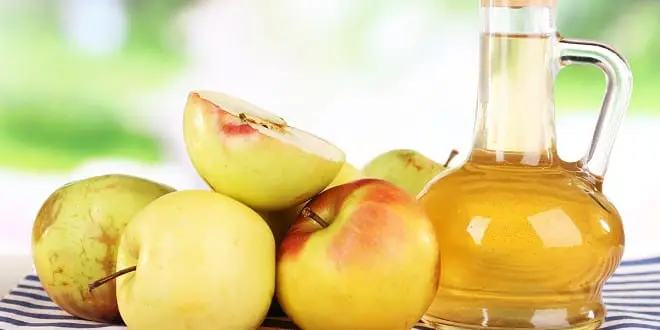Vinegar
VINEGAR
Vinegar is a liquid produced from the fermentation of ethanol in a process that yields its key ingredient, acetic acid.
The word is from the French vin (wine) and aigre (sour).
It is produced through the action of acetic acid bacteria on dilute solutions of ethyl alcohol derived from yeast fermentation.
Vinegar bacteria, also called Acetic Acid Bacteria (AAB), are members of the genus Acetobacter and characterized by their ability to convert ethyl alcohol, C2H5OH, into acetic acid,CH3CO2H, by oxidation
Vinegar folklore is as colorful as it is practical. Legend states that a courtier in Babylonia (c. 5000 BC) “discovered” wine, formed from unattended grape juice, leading to the eventual discovery of vinegar and its use as a food preservative.
VINEGAR PRODUCTION
Vinegar is made from a variety of diluted alcohol products, the most common being wine, beer, and rice.
Acetobacters are microscopic bacteria that live on oxygen bubbles. Whereas the fermentation of grapes to make wine or beer occurs in the absence of oxygen, the process of making vinegars relies on its presence.
In the natural processes, the acetobacters are allowed to grow over time. In the vinegar factory, this process is induced by feeding acetozym nutrients into the tanks of alcohol.
Mother of vinegar is the gooey film that appears on the surface of the alcohol product as it is converted to vinegar.
It is a natural carbohydrate called cellulose. This film holds the highest concentration of acetobacters. It is skimmed off the top and added to subsequent batches of alcohol to speed the formation of vinegar. Acetozym nutrients are manmade mother of vinegar in a powdered form.
Herbs and fruits are often used to flavor vinegar. Commonly used herbs include garlic, and basil. Popular fruits include raspberries, cherries, and lemons.
Annual production in the world of acetic acid is approximately 6.5 million tonnes.
About 1 million tonnes are produced in Europe and in USA 2.5 mlllion tonnes are produced.
It is difficult to gauge total world output of acetic acid because a great deal occurs as a bi-product of many processes and large quantities are recirculated.
The chemical and organoleptic properties of vinegars are a function of the starting material and the fermentation method.
Acetic acid, the volatile organic acid that identifies the product as vinegar, is responsible for the tart flavor and pungent, biting odor of vinegars. However, acetic acid should not be considered synonymous with vinegar.
The US Food and Drug Administration (FDA) states that diluted acetic acid is not vinegar and should not be added to food products customarily expected to contain vinegar.
Other constituents of vinegar include vitamins, mineral salts, amino acids, polyphenolic compounds (eg, galic acid, catechin, caffeic acid, ferulic acid), and nonvolatile organic acids (eg, tartaric, citric, malic, lactic acid).
…


